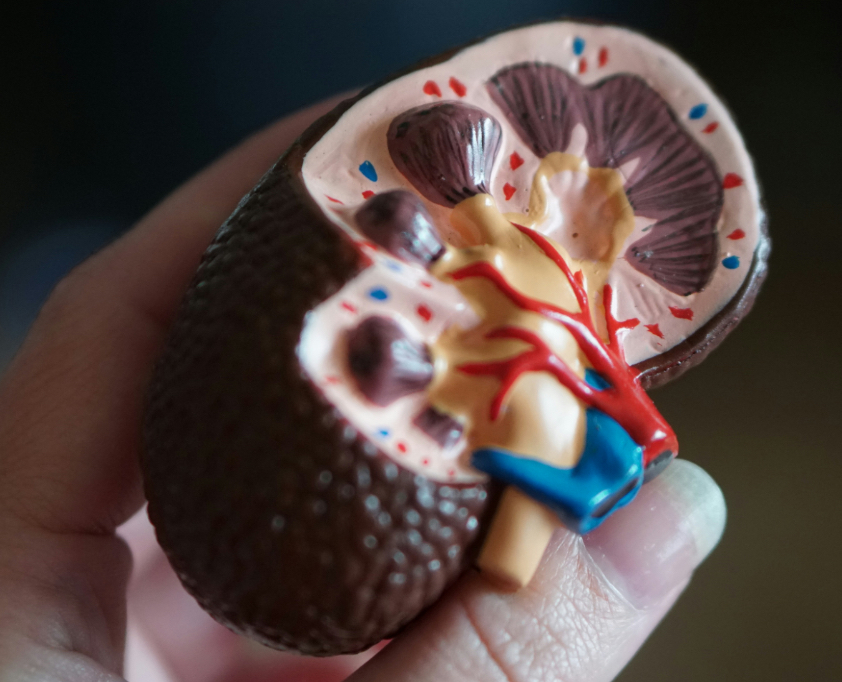Q fever cultures are often negative due to the nature of the bacteria, Coxiella burnetii, which is an intracellular and fastidious organism. This means it lives and multiplies within cells and can be difficult to grow on traditional blood culture media. Additionally, the bacterium can be present in small amounts in the blood, making it challenging to detect, especially in chronic cases.
Here’s a more detailed explanation:
Intracellular Growth:
C. burnetii is an intracellular bacterium, meaning it lives and replicates within cells of the body, making it difficult to isolate and grow in a laboratory setting using standard blood cultures.
Fastidious Nature:
It is a fastidious organism, meaning it has specific nutritional requirements and is not easily grown on standard blood culture media.
Low Bacterial Load:
The amount of C. burnetii in the blood can be relatively low, especially in chronic Q fever, making it difficult to detect even with specialized culture techniques.
Antibiotic Treatment:
If antibiotics are started before blood cultures are drawn, it can suppress the growth of C. burnetii, leading to a false negative result.
Chronic Q Fever:
In chronic Q fever, which can manifest as endocarditis or other persistent infections, blood cultures are typically negative, even if the infection is present.
Alternative Diagnostic Methods:
Because blood cultures are often negative, other diagnostic methods are used, including:
Serology:
Testing for antibodies against C. burnetii can help detect past or current infection.
PCR (Polymerase Chain Reaction):
PCR can be used to detect the C. burnetii DNA in blood or tissue samples, even if cultures are negative.
Histopathology:
Examination of tissue samples can help identify C. burnetii in some cases, particularly in endocarditis.

Q fever cultures are often negative
Q fever cultures are often negative due to the nature of the bacteria, Coxiella burnetii, which is an intracellular and fastidious organism. This means it lives and multiplies within cells and can be difficult to grow on traditional blood culture media. Additionally, the bacterium can be present in small amounts in the blood, making it…


Leave a Reply